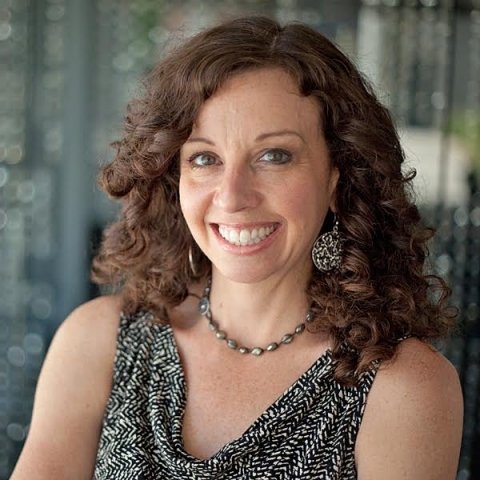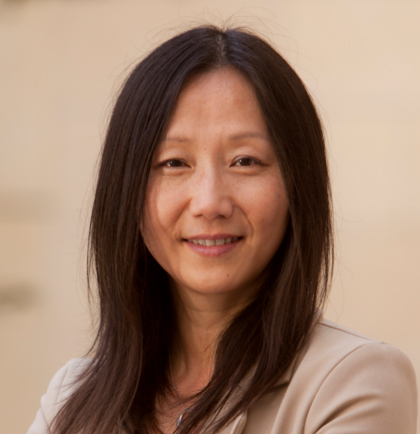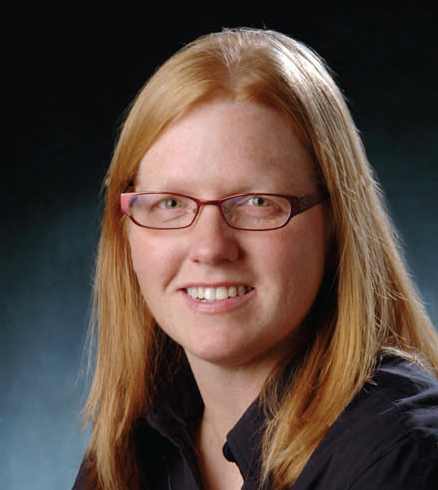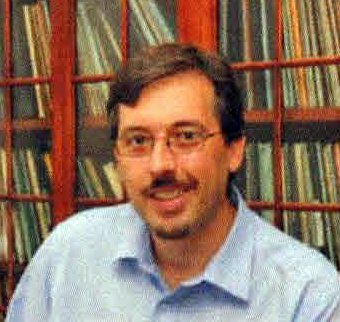 Sharon C. Glotzer Sharon C. Glotzer
Professor of Chemical Engineering
University of Michigan in Ann Arbor
BIO: Sharon C. Glotzer is the Anthony C. Lembke Department Chair of Chemical Engineering at the University of Michigan in Ann Arbor. Glotzer is also the John Werner Cahn Distinguished University Professor of Engineering and the Stuart W. Churchill Collegiate Professor of Chemical Engineering, and Professor of Materials Science and Engineering, Physics, Applied Physics, and Macromolecular Science and Engineering. She is a member of the National Academy of Sciences and the American Academy of Arts and Sciences, and a fellow of the American Physical Society, the American Association for the Advancement of Science, the American Institute of Chemical Engineers, the Materials Research Society, and the Royal Society of Chemistry. Professor Glotzer’s research on computational assembly science and engineering aims toward predictive materials design of colloidal and soft matter, and is sponsored by the NSF, DOE, DOD, Simons Foundation and Toyota Research Institute. Among other notable findings, Glotzer invented the idea of “patchy particles,” a conceptual approach to nanoparticle design. She showed that entropy can assemble shapes into many structures, which has implications for materials science, thermodynamics, mathematics, and nanotechnology. Glotzer has published over 225 refereed papers and presented over 340 plenary, keynote and invited talks around the world. She has served on boards and advisory committees of the National Science Foundation, the Department of Energy, and the National Academies, and is currently a member of the Scientific Policy Committee at the Stanford Linear Accelerator (SLAC) National Accelerator Laboratory and the National Academies Board on Chemical Sciences and Technology. She is a Simons Investigator, a former National Security Science and Engineering Faculty Fellow, and the recipient of numerous other awards and honors, including the 2016 Alpha Chi Sigma Award from the American Institute of Chemical Engineers, the 2014 MRS Medal from the Materials Research Society and the 2008 Charles M.A. Stine Award from the American Institute of Chemical Engineers.
LECTURE 1: Colloidal Crystals, Quasicrystals, Fluid-Fluid Transitions and the Entropic Bond
Entropy, information, and order are important concepts in many fields, relevant for materials to machines, for biology to economics. Entropy is typically associated with disorder; yet, the counterintuitive notion that particles with no interactions other than excluded volume might self-assemble from a fluid phase into an ordered crystal has been known since the mid-20th century. First predicted for rods, and then spheres, the thermodynamic ordering of hard shapes by nothing more than crowding is now well established. In recent years, surprising discoveries of entropically ordered colloidal crystals of extraordinary structural complexity have been predicted by computer simulation and observed in the laboratory. Colloidal quasicrystals, clathrate structures, and structures with large and complex unit cells typically associated with metal alloys, can all self-assemble from a disordered phase of identical particles due solely to entropy maximization. In this talk, we show how entropy alone can produce order and complexity beyond that previously imagined, both in colloidal crystal structure as well as in the kinetic pathways connecting fluid and crystal phases. We show examples of purely entropic fluid-fluid transitions that precede crystallization, just as liquid-liquid phase separation precedes crystallization in tetrahedrally bonded molecular liquids and in protein solutions. We further show that, in situations where other interactions are present, the role of entropy in producing order may be underestimated. To understand these phenomena, and in loose analogy with traditional chemical bonds that produce order in atomic and molecular substances, we introduce the notion of the entropic bond.
LECTURE 2: Assembly Engineering of Colloid and Protein Crystals and Superstructures
From the Stone Age to the Silicon Age, the materials available to humankind define the world in which we live. The materials of tomorrow will be designed and engineered on demand, where and when they are needed, with precision and personalization. Computer simulation and machine learning both have critical roles to play in creating this future. Already, they allow — from a nearly infinite number of possibilities — the inverse design of nanoparticle building blocks optimized for self-assembly into colloidal crystal structures with targeted properties. In this talk, we present a new thermodynamic computational approach to the inverse design of materials, and demonstrate its use in targeting colloidal crystals with arbitrary complexity, engineered phase transitions, and targeted photonic, mechanical, and other properties. We show how machine learning can be used to autonomously identify crystal structures in hundreds of thousands of simulations, as well as to identify key alchemical attributes of particles that correlate with colloidal crystal structure. We also discuss strategies for engineering protein superstructures via supercharging.
For a recap and photos of Prof. Glotzer's lecture click here.
|
 The Dale Pearson Lectureship in Chemical Engineering is a series of distinguished lectureships given in memory of Professor Dale Pearson, who was a faculty member at UCSB from 1987 through 1993. The Pearson Memorial Lectures are made possible by the Dale Pearson Memorial Fund, established at UCSB by his family, friends, and colleagues.
The Dale Pearson Lectureship in Chemical Engineering is a series of distinguished lectureships given in memory of Professor Dale Pearson, who was a faculty member at UCSB from 1987 through 1993. The Pearson Memorial Lectures are made possible by the Dale Pearson Memorial Fund, established at UCSB by his family, friends, and colleagues.

 Sharon C. Glotzer
Sharon C. Glotzer Howard Stone
Howard Stone Zhenan Bao
Zhenan Bao Michael D. Graham
Michael D. Graham  Kristi Anseth
Kristi Anseth Norman J. Wagner
Norman J. Wagner
